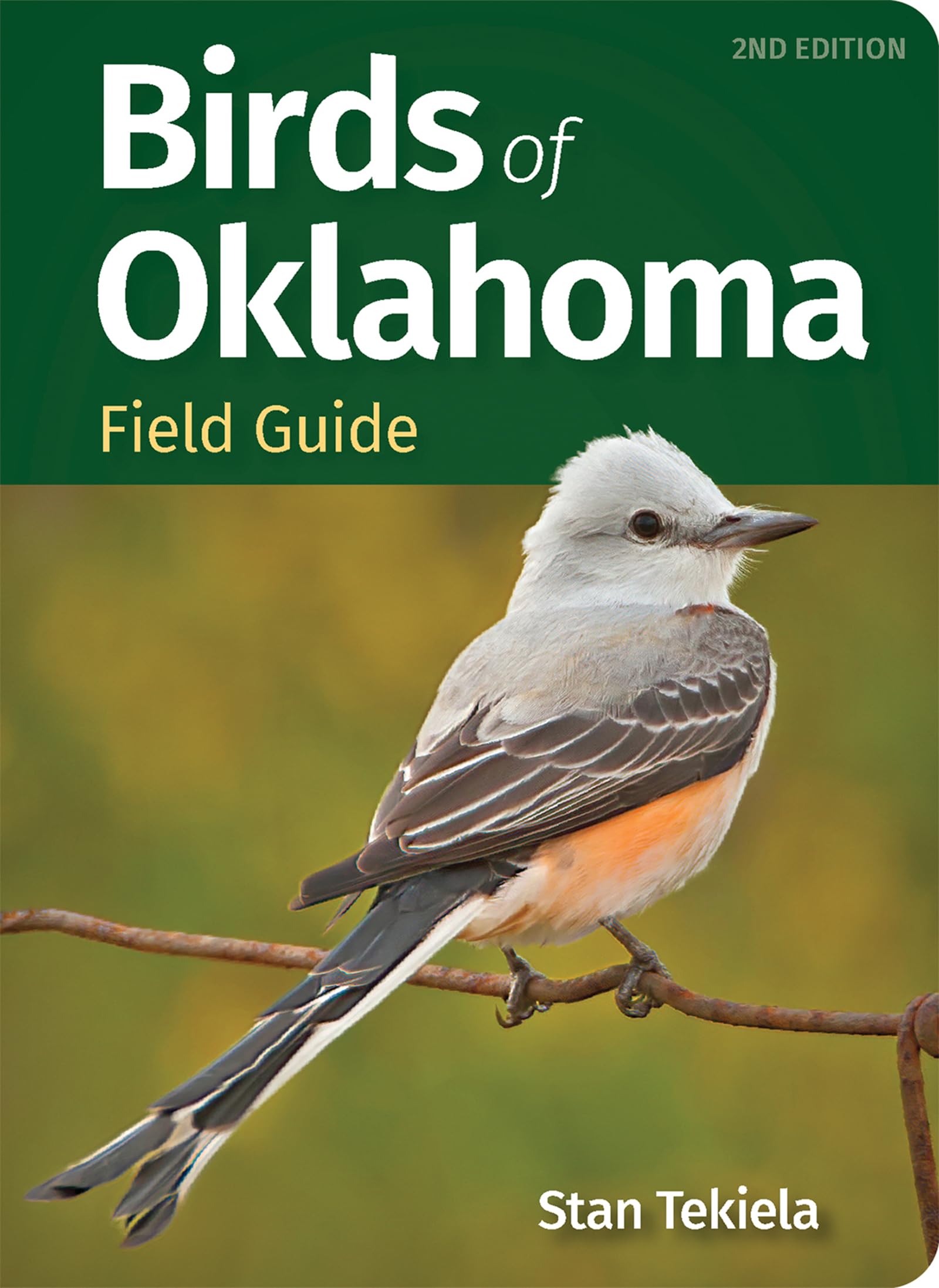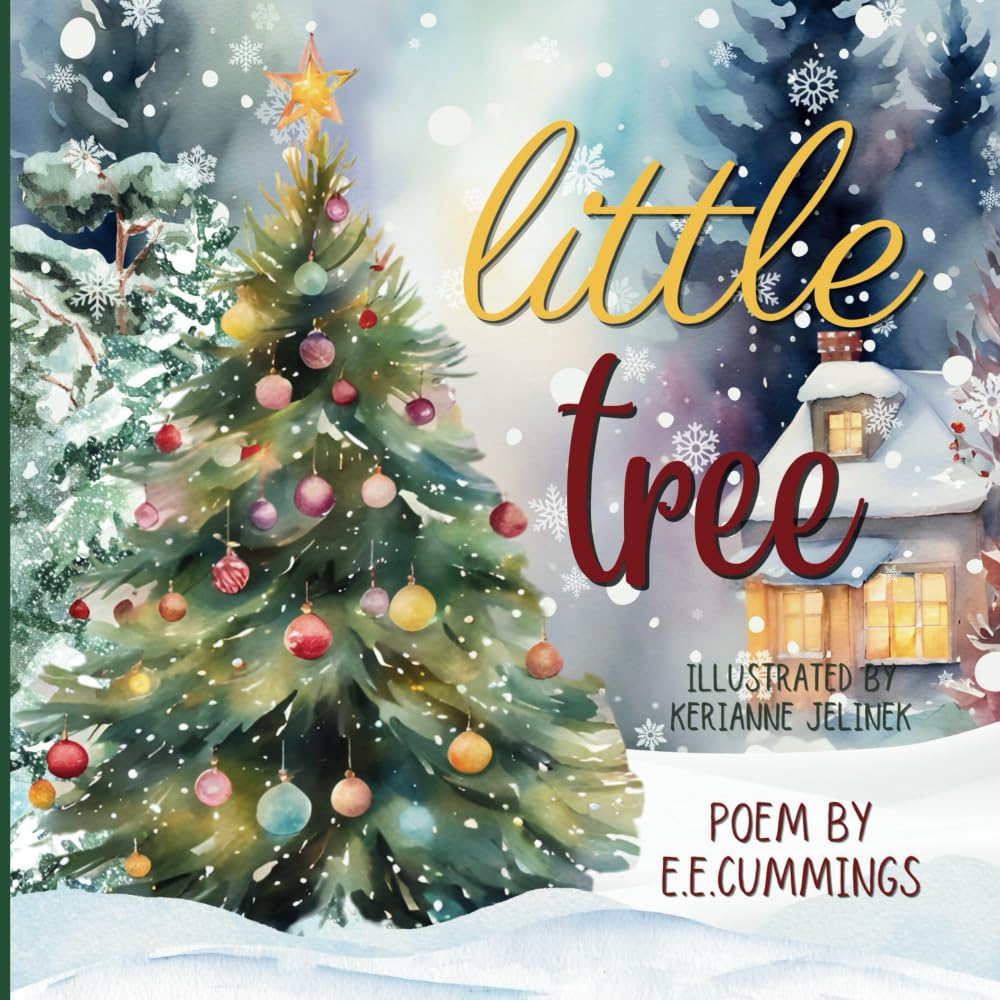Identify Oklahoma birds with this easy-to-use field guide, organized by color and featuring full-color photographs and helpful information. Make birdwatching in Oklahoma even more enjoyable. With Stan Tekiela’s famous bird guides, field identification is simple and informative. There’s no need to look through dozens of photos of birds that don’t live in your area. The Birds of Oklahoma Field Guide features 123 species of Oklahoma birds organized by color for ease of use. Full-page photographs present the species as you’ll see them in nature, and a “compare” feature helps you to decide between look-alikes. Inside you’ll find: 123 species: Only Oklahoma birds! - Simple color guide: See a yellow bird? Go to the yellow section - Stan’s Notes: Naturalist tidbits and facts - Professional photos: Crisp, stunning images This second edition includes eight new species, updated photographs and range maps, expanded information, and even more of Stan’s expert insights. So grab the Birds of Oklahoma Field Guide for your next birding adventure—to help ensure that you positively identify the birds that you see. Naturalist, wildlife photographer, and writer Stan Tekiela is the author of more than 190 field guides, nature books, children’s books, and playing cards, presenting many species of birds, mammals, reptiles, amphibians, trees, wildflowers, and cacti in the United States. With a Bachelor of Science degree in Natural History from the University of Minnesota and as an active professional naturalist for more than 30 years, Stan studies and photographs wildlife throughout the United States and Canada. He has received various national and regional awards for his books and photographs. Also a well-known columnist and radio personality, his syndicated column appears in more than 25 newspapers and his wildlife programs are broadcast on a number of Midwest radio stations. American Goldfinch Spinus trusts Size: 5" (13 cm) Male: Canary-yellow finch with a black forehead and tail. Black wings with white wing bars. White rump. No markings on the chest. Winter male is similar to the female. Female: dull olive-yellow plumage with brown wings; lacks a black forehead Juvenile: same as female Nest: cup; female builds; 1 brood per year Eggs: 4–6; pale blue without markings Incubation: 10–12 days; female incubates Fledging: 11–17 days; female and male feed the young Migration: partial migrator to non-migrator; small flocks of up to 20 birds move around to find food Food: seeds, insects; will come to seed feeders Compare: The Pine Siskin (p. 93) has a streaked chest and belly, with yellow wing bars. Female House Finch (p. 95) and female Purple Finch (p. 113) both have heavily streaked chests. Male Yellow Warbler (p. 303) is all yellow with orange streaks on chest. Stan’s Notes: A common year-round backyard resident. Most often found in open fields, scrubby areas, and woodlands. Enjoys Nyjer seed in feeders. Lines its nest with the silky down from wild thistle. Almost always in small flocks. Twitters while it flies. Flight is roller coaster-like. Often called Wild Canary due to the male’s canary-colored plumage. Male sings a pleasant, high-pitched song. Moves only far enough south to find food.













